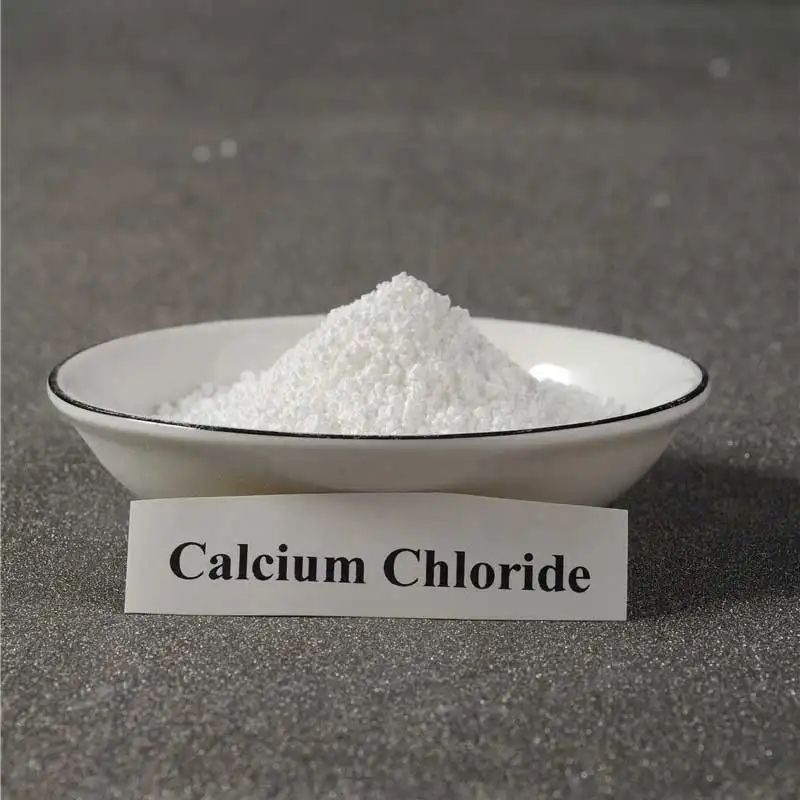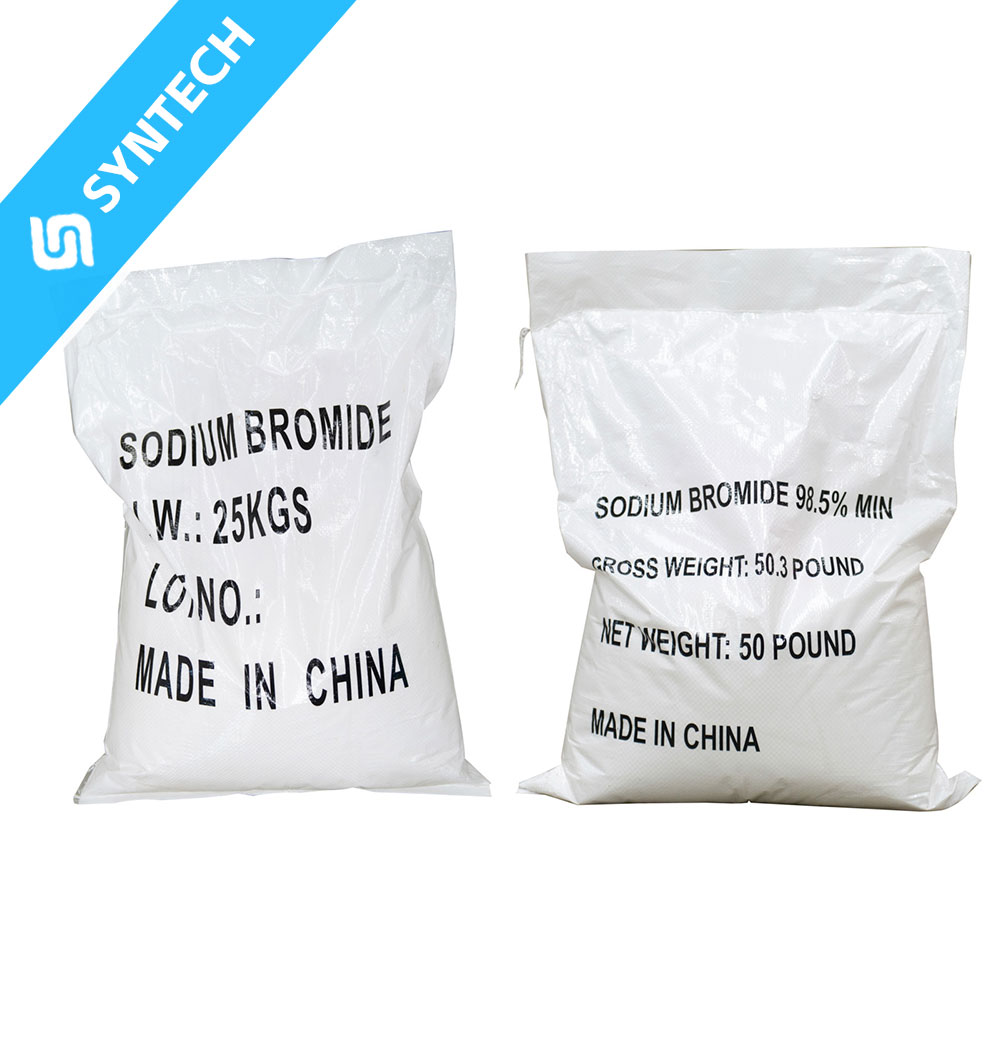1. Drilling Operations
In drilling, SMS is rarely used alone; it primarily functions as a key comonomer to synthesize water-soluble copolymers (typically copolymerized with acrylamide, maleic anhydride, or acrylic acid). These copolymers serve as high-temperature and salt-resistant fluid loss reducers for drilling fluids.
- Main Functional Positioning: The anionic sulfate group (-O-SO₃⁻Na⁺) in SMS enhances the copolymer’s resistance to high salinity (e.g., formation brine with high Ca²⁺/Mg²⁺ content) and high temperature (up to 150–180°C). It helps control the filtration loss of drilling fluids, preventing the fluid from penetrating and damaging the reservoir formation. Meanwhile, the copolymer’s dispersion ability stabilizes drilling fluid viscosity, ensuring smooth cuttings removal and protecting the wellbore wall from collapse.
2. Hydraulic Fracturing
In hydraulic fracturing, SMS-derived copolymers (often blended with acrylamide and quaternary ammonium monomers) are critical additives in fracturing fluids.
- Main Functional Positioning: These copolymers act as viscosifiers and proppant-carrying agents. The hydrophilic sulfate groups and long polymer chains of the copolymer increase the viscosity of fracturing fluids, enabling them to efficiently carry proppants (e.g., sand) into the fractures created in the reservoir. After fracturing, the copolymer can be easily broken down (via chemical or thermal means) without leaving residues, ensuring the fractures remain permeable for oil/gas flow—avoiding reservoir blockage that would reduce production.
3. Oil Production (Enhanced Oil Recovery, EOR)
SMS plays two core roles in the oil production stage, especially in tertiary recovery:
- Role 1: Mobility Control Agent for EOR: Copolymers of SMS and acrylamide are used as polymer flooding agents. Their strong water solubility (due to SMS’s sulfate groups) and high molecular weight allow them to increase the viscosity of injected water, reducing the mobility difference between water and crude oil. This ensures the injected water evenly displaces residual oil in the reservoir, improving oil recovery rates (typically by 5–10% compared to conventional water flooding).
- Role 2: Tubing Scale Inhibitor: SMS-maleic acid copolymers are injected into oil wells as scale inhibitors. They chelate with scaling cations (e.g., Ba²⁺, Ca²⁺) in formation water, preventing the formation of insoluble scales (e.g., barium sulfate, calcium carbonate) on the inner walls of oil tubes and wellheads. This avoids pipeline blockages and reduces equipment corrosion, maintaining stable oil production.
4. Oilfield Water Treatment
Oilfield produced water (a byproduct of oil extraction) contains high levels of salts, heavy metals, and scaling ions, requiring purification before reuse or discharge. SMS copolymers (usually with acrylic acid or maleic anhydride) are key additives here.
- Main Functional Positioning: They act as high-efficiency scale and corrosion inhibitors. The copolymer’s sulfate groups and carboxyl groups (from comonomers) adsorb on the surface of scale crystals, disrupting their growth and preventing hard scale deposition on treatment equipment (e.g., filters, pipelines). Additionally, the copolymer forms a protective film on metal surfaces, reducing corrosion caused by acidic or saline produced water—ensuring the long-term operation of water treatment systems and enabling the safe reuse of produced water in drilling or irrigation.






